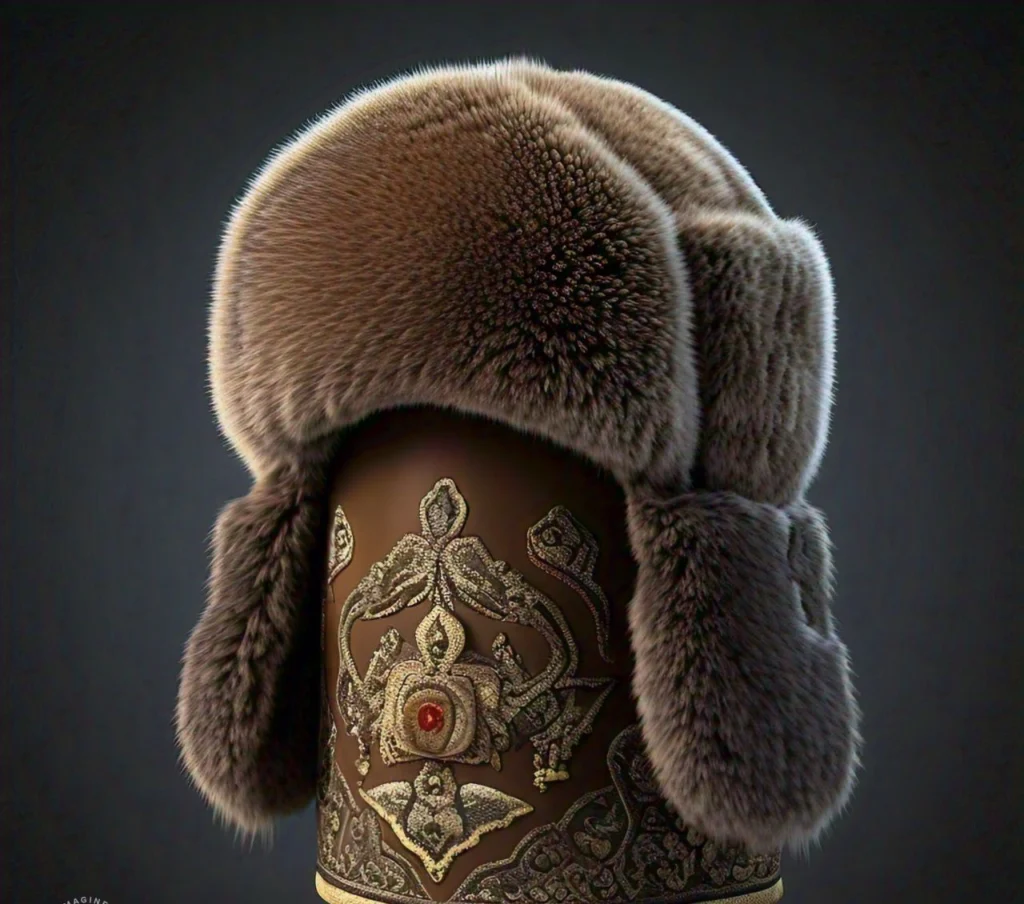The Ushanka, otherwise called a Russian fur cap, is notorious headwear that encapsulates the embodiment of Russian culture and legacy. Initially intended to battle the brutal Russian winters, this fur-lined cap has risen above its useful reason to turn into an image of strength, custom, and even style. This article dives into the beginnings, plan, social importance, and current transformations of the Ushanka, giving an extensive comprehension of this remarkable piece of headwear.
The Starting points and Development of the Ushanka
Antiquated Roots and Early Plans
The starting points of the Ushanka can be traced back to the migrant clans of Focal Asia, who wore fur caps for warmth and assurance. These early adaptations, known as “malakhai” or “bashlyk,” were fundamental in locales where temperatures could dive to outrageous lows. The plan for it, described by its ear folds, was consummated over hundreds of years, culminating in the structure we perceive today.
The Ushanka in the Soviet Period
The Ushanka earned inescapable respect and turned into a vital piece of the Soviet military uniform during The Second Great War. Known as “Shapka-ushanka” in Russian, this cap was given to troopers to assist them with persevering through the freezing Eastern Front. The Ushanka’s relationship with the Soviet military solidified its status as an image of Soviet personality, and it was in many cases portrayed in publicity craftsmanship and movies of the period.
Plan Components of the Ushanka
Materials and Development
The Ushanka generally produced using top-notch materials like sheepskin, bunny fur, or engineered fur, with the inside fixed with knitted cotton or fleece for added protection. The ear folds, which are the defining element of the Ushanka, can be restricted on the crown of the cap, left to hang free, or attached under the jaw, giving flexible insurance against the virus.
Varieties and Styles
While the exemplary Ushanka is produced using fur, present-day varieties incorporate caps produced using cowhide, fleece, and, surprisingly, fake fur. The style can fluctuate depending on the area, with some including many-sided weaving, identifications, or Soviet-period symbols. The flexibility of the Ushanka’s plan has permitted it to stay famous in both rustic and metropolitan settings, as well as in style circles.
The social meaning of the Ushanka
Image of Russian Character
The Ushanka is something beyond a piece of winter clothing; it is an image of Russian personality and pride. It addresses the persevering spirit of the Russian public. Which have endured hundreds of years of cruel winters and political commotion. The Ushanka has likewise turned into an image of Soviet wistfulness, frequently worn during remembrances and reenactments of verifiable occasions.
Ushanka in Mainstream society
It has shown up in mainstream society, both inside and outside Russia. It has been highlighted in movies, writing, and music as an image of Russian versatility and emotionlessness. Lately, It has additionally been embraced by style creators, who have reevaluated the cap in different current settings, bringing it to global runways and metropolitan design scenes.
Present-day Variations and Worldwide Impact
The Ushanka in Contemporary Design
choiceIn the 21st century, It has risen above its starting points as a practical piece of winter wear to turn into a style explanation. Creators from around the world have integrated into their assortments, frequently trying different things with various materials, varieties, and embellishments. The cap’s particular outline has made it a well-known choice for winter embellishments, mixing customary craftsmanship with contemporary style.
The Ushanka as a Worldwide Pattern
commonThe worldwide allure of the Ushanka is obvious in its far and wide reception outside Russia. In nations with unforgiving winters, for example, Canada and Scandinavia. The Ushanka has turned into a commonsense yet in-vogue decision for chilly climate wear. Its notoriety has likewise been energized by its appearance in worldwide media, where it is in many cases depicted as a token of toughness and endurance.
End
The Ushanka is a demonstration of the resourcefulness and flexibility of the Russian public. From its unassuming starting points as a commonsense answer for the brutal winters of Focal Asia to its job as an image of Soviet power and its ongoing status as a worldwide style symbol, It has developed while keeping up with its social importance. It keeps being embraced by new generations it remains a strong symbol of custom, personality, and style.
FAQs
What is a Ushanka?
Russian fur cap with ear folds that can be restricted to the crown or secured under the jaw. Giving warmth and assurance against an outrageously chilly climate is planned.
What materials are utilized to make a ushanka?
Ushankas customarily produced using fur, like sheepskin, hare fur, or manufactured fur. Inside frequently fixed with stitched cotton or fleece for extra protection. Present-day varieties may likewise utilize calfskin, fleece, or artificial fur.
For what reason does a Ushanka have ear folds?
The ear folds, or “ushki,” are a characterizing component of the Ushanka. They intended to safeguard the ears, neck, and lower face from cruel breezes and cold temperatures. The folds restricted, left free, or attached under the jaw, contingent upon the wearer’s inclination.
What is the verifiable meaning of the Ushanka?
The Ushanka acquired noticeable quality as a feature of the Soviet military uniform during the Second Great War. Representing Soviet versatility and personality. It turned into a famous piece of Russian culture and is frequently connected with Russian and Soviet history.
